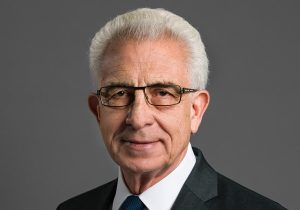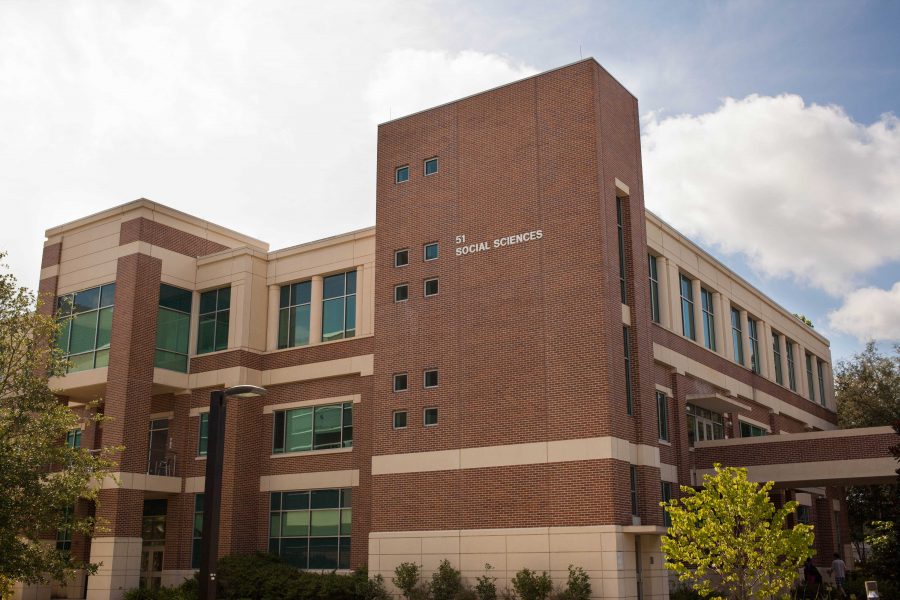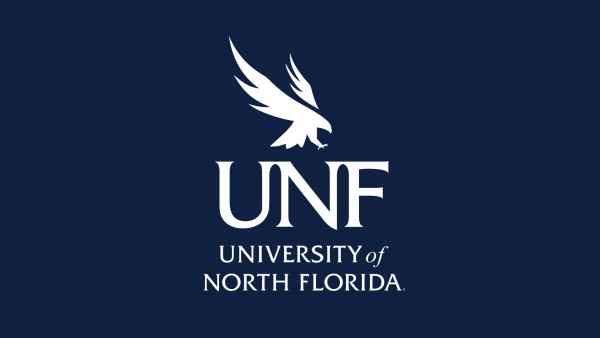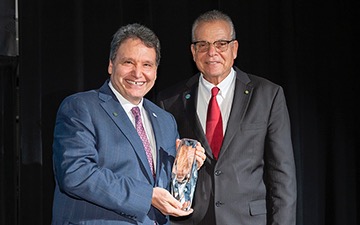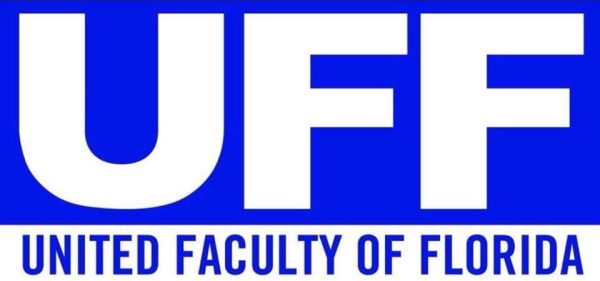What’s happening to ethnic minorities in China?
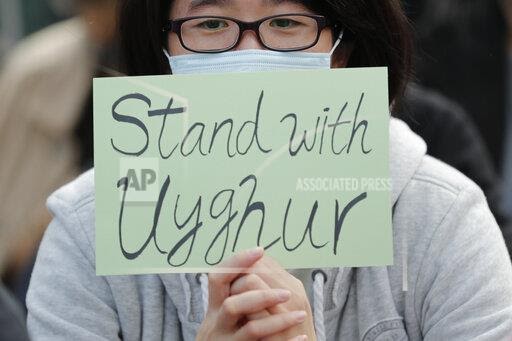
Lee Jin-man
A man holds a sign during a rally to show support for Uighurs and their fight for human rights in Hong Kong. Nury Turkel, co-founder of the Uyghur Human Rights Project and former president of the Uyghur American Association, is a new member of the U.S. Commission on International Religious Freedom. He’s a leading human rights advocate on behalf of fellow Uighurs, a Muslim ethnic minority group that has seen an estimated 1 million members detained in internment camps in China. (AP Photo/Lee Jin-man, File)
July 24, 2020
During an interview with the BBC, Chinese ambassador Liu Xiaoming struggled to explain drone footage which captured a large procession of alleged prisoners with shaved heads, blindfolded, and bound on their knees in Xinjiang province.
The footage originally appeared in late 2019. It has recently resurfaced only to go viral amid claims of human rights abuses that China is alleged to be carrying out against Uyghur Muslims and other ethnic minorities.
It has been reported that since 2017 the Chinese government has detained roughly 1-2 million Uyghurs and minorities. Placing them in so-called “re-education camps” with the alleged purpose of eliminating religious extremism.
In an interview with CNN a former employee of one of the centers, Sayragul Sauytbay, spoke out about what is actually happening in these centers. Her perspective corroborates that of former detainees who say that life in the camps includes overflowing bucket toilets in overcrowded cells, food and sleep deprivation, and forced injections.
“They told me there is a policy of sinicization underway,” Sauytbay said, referring to the process of making the country’s minorities more like the Han Chinese majority. “They once said, ‘We will turn the best of them into Hans, while repressing and destroying the bad.’ This policy is underway now.”
It’s not just these centers that are causing alarm from a human rights perspective. The AP has also reported the Chinese government is engaging in forced birth control and sterilization of the Uyghurs and other minorities in order to stunt the population’s growth rate.
According to the report, “the birth rates in the mostly Uyghur regions of Hotan and Kashgar declined by more than 60% from 2015 to 2018, the latest year available in government statistics. Across the Xinjiang region, birth rates continue to plummet, falling nearly 24% last year alone — compared to just 4.2% nationwide, statistics show.”
Recently 180 organizations have demanded that apparel brands, who they say are complicit in the mistreatment of the Uyghur, stop sourcing cotton produced by the centers in the Xinjiang province. The Trump administration has imposed sanctions on select Chinese officials over the alleged human rights abuses, but many believe this was largely symbolic as the officials targeted are unlikely to hold assets of significance outside of China.
Given the growing hostile climate between the U.S. and China, and the history of support the centers have received from this administration, it is difficult to say whether a meaningful intervention will occur. According to John Bolton’s new book, Trump previously encouraged the expansion of the centers, telling President Xi Jinping detaining Muslims was ‘the right thing to do.’
__
For more information or news tips, or if you see an error in this story or have any compliments or concerns, contact [email protected].




